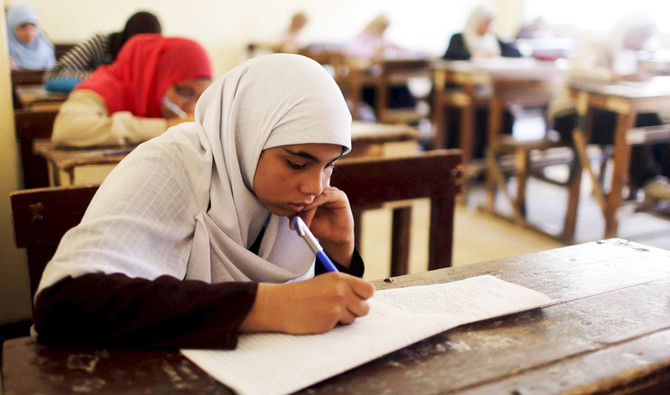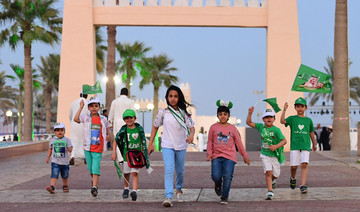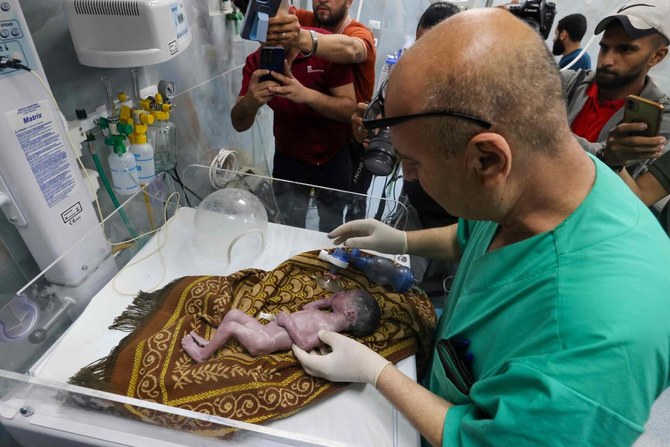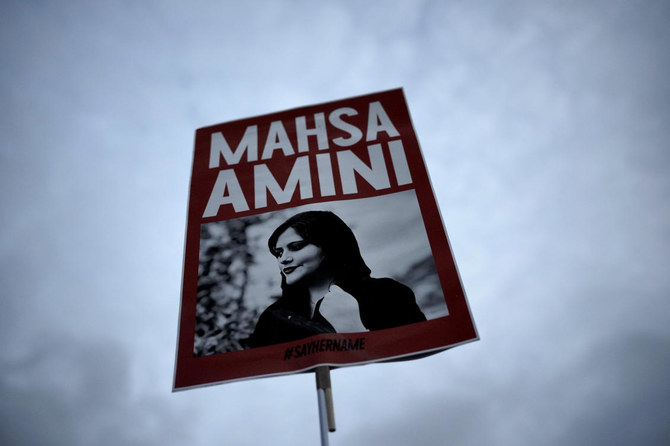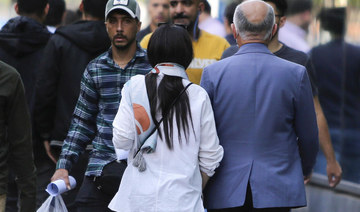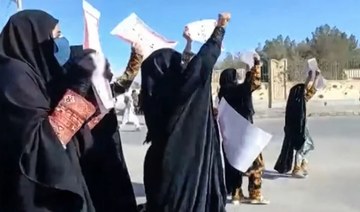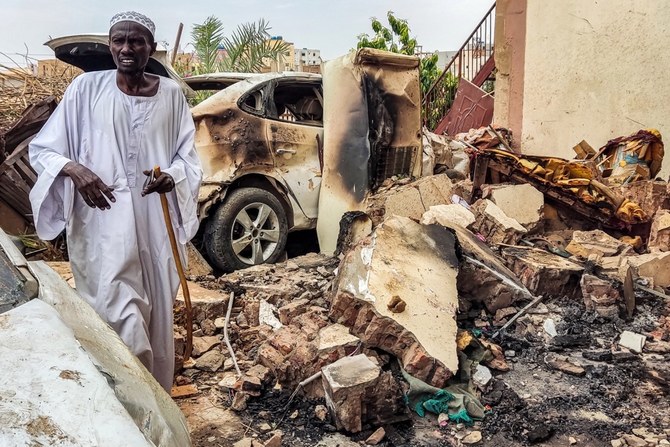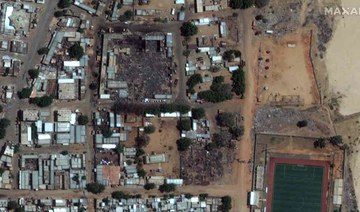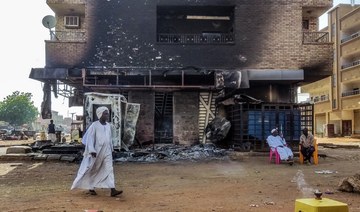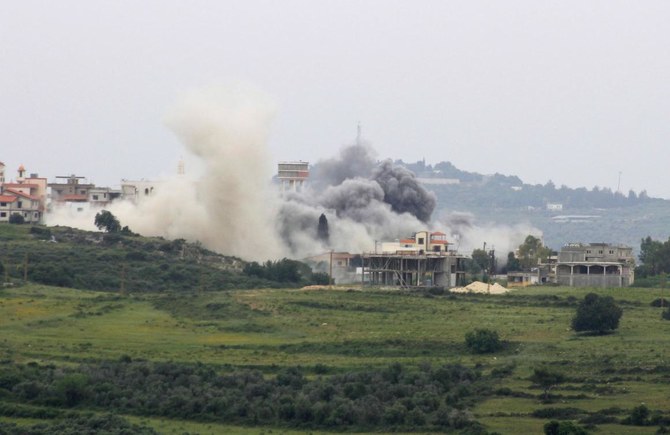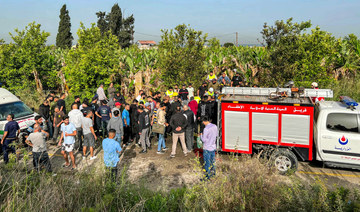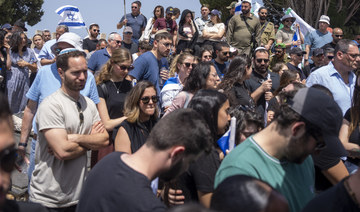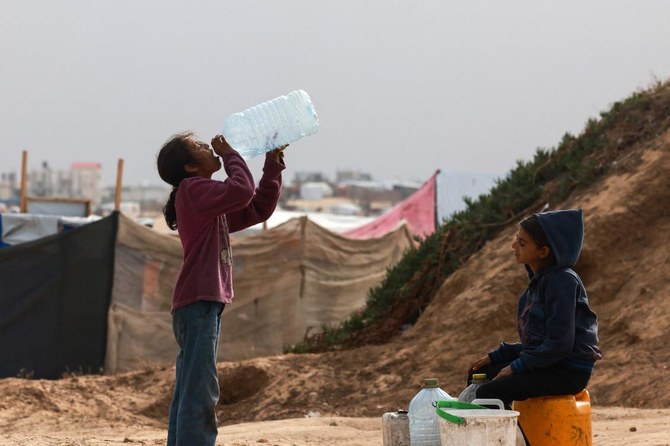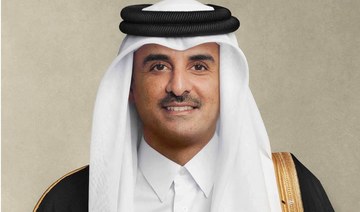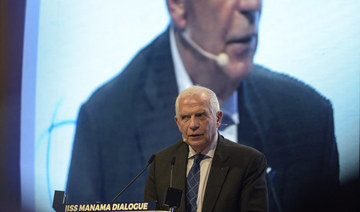DUBAI: The cost of private school education might be rising in the Gulf, but that is no deterrent to parents eager to enrol their children in leading independent schools, according to the latest reports.
A recent study by Edarabia, the Middle East education guide, suggests that private schooling for a single child can now cost parents in Cairo up to 3 million Egyptian pounds ($168,000).
However, to many families, that figure may seem reasonable when compared with Dubai, where funding a pupil from primary school through to university can cost more than SR1.5 million ($400,000), according to experts.
 The study found that more families are opting for private schooling in Cairo, with parents willing to spend at least 768,000 Egyptian pounds for 14 years
The study found that more families are opting for private schooling in Cairo, with parents willing to spend at least 768,000 Egyptian pounds for 14 years
of schooling. The cost can rise to 3 million Egyptian pounds if they opt to send their child to the most expensive educational institute — Cairo American College.
“What we found with the Egyptian education system is that although the government is responsible for providing free education for all, increasingly parents are looking to enrol their children in private schools,” the report said.
“One of the primary reasons is the variety of curricula that are available — IGCSE, IB, etc. Some parents believe these international curricula will provide their children with a competitive advantage when entering the global workforce.”
More than one-third of Cairo’s 12 million population is under the age of 15. Schools in the Egyptian capital have an enrolment ratio of 93.9 percent, and about 2 million students are enrolled in private schools.
The most affordable school in Cairo, the Abdullah Refaee Azhari Private Institute, has a maximum yearly fee of 2,500 Egyptian pounds, while at the opposite end of the scale, the Cairo American College tops the list of the most expensive with a maximum fee of 429,832 Egyptian pounds for the final year of study.
Despite the high prices, Edarabia said, Cairo was less costly than Dubai, where school fees could rise to SR1 million, with some experts putting the figure as high as SR1.5 million.
Last month, the educational guide released its findings on school fees in the emirate, which has 195 private schools with 273,599 students. For
the first quarter of 2018, it found that Nad Al-Sheba, Jumeirah Village Circle and Al-Sufouh were the three areas where school costs were highest, with average fees of up to SR66,561 for all
year groups.
Based on 14 years’ education, that equates to SR931,812 for one child. Schools in Deira, Al-Qusais and Al-Karama offer the lowest school fees in Dubai, averaging SR1,799 per year.
Edarabia said the cost of private schooling was rising in the emirate. School fees were linked to several factors, including the school’s inspection rating, location, curriculum, academic track record and facilities.
Sunny Varkey, founder and chairman of Dubai-based Gems Education, said that governments believed “increased participation of the private sector is critical in driving the education agenda of
the region.
“Across the region, the private sector offers choices that are unavailable in the public sphere, and in the tax-free Gulf states why should it fall to governments to provide schooling for expatriates?” he asked.
“Yes, schooling is a huge expense for many parents, but Gems and other private school operators offer multiple price points to ease that burden. With private schools here charging as little as 6,000 dirhams ($1,630) and up to 100,000 dirhams, parents do have a choice.”
Mansoor Ahmed, director for Colliers International (MENA Region) for health care, education & PPP, said the average total tuition fee of 768,600 Egyptian pounds for 14 years’ private education in Cairo was “actually quite reasonable” when compared with the UAE.
According to a recent HSBC study, the UAE is the second most expensive place to attend school in the world, after Hong Kong, where parents spend an average of $131,160 (SR492,168) on a child’s schooling. In the UAE, parents pay out-of-pocket expenses — after help from employers or other support — of
about $99,000.
Another study by the Zurich Middle East insurance group estimated the cost of education from preschool through to university in the UAE at about $255,749.
Recent changes in the law allowing foreign universities to open campuses in Egypt, coupled with growing demand for private K12 schools, present a number of opportunities, as well as challenges, not just for local players, but also for regional and global operators, Ahmed said.
Many parents in Cairo could afford to send their children to leading schools, he said. An annual income survey in the capital showed that high-income and upper-middle income households earned up to 5.5 million Egyptian pounds and 1.7 million Egyptian pounds per year, respectively.
Based on projected population growth in Cairo, Colliers estimates the capital will need an extra 900,000 student places over the next decade, which will be largely filled by private educational bodies.
“The country has an estimated population of almost 100 million in 2018, which is expected to reach 151 million by 2050,” said Ahmed.
Cairo’s growth could see the Egyptian capital become an increasingly attractive schooling option, as are many places in the region.
According to a 2018 Alpen Capital report, released earlier this month, high fees are not discouraging families from choosing private schooling in the Gulf.
In the report, Nitin Kripalani, CEO at Evolvence Knowledge Investments, said that more than 90 percent of pupils in Dubai attended private schools. Private schools in the emirate generated revenues of 7.5 billion dirhams during the 2017-18 academic year, an increase of 700 million dirhams on the previous year.
By the end of 2018, Dubai is expected to add at least 21 private schools as operators seek to meet growing demand for high-quality education.
The trend for private education is mirrored across the Gulf, according to the report, with growing numbers of expatriates, coupled with a rising youth demographic, making the education sector one of the most popular investment targets.
According to the report, the total number of students in the GCC education sector is expected to reach 14.5 million in 2022, up from an estimated 12.9 million in 2017.
Demand for public schools in the GCC is expected to increase at a rate of 1.3 percent, while demand for private schools is likely to grow at a rate of
4.1 percent between 2017 and 2022. Saudi Arabia is expected to remain the largest education market in the GCC in 2022, with the number of students in private schools accounting for about 73 percent of enrolments in the K12 sector in the GCC by the same year.
The UAE and Saudi Arabia are the leading GCC nations witnessing an increase in private education enrolments, the report said, with other GCC nations also expected to see similar growth until 2022. In Bahrain, for example, the K12 private school market grew at a rate of 5.6 percent between 2011 and 2016, while the public school segment grew at a rate of
2.4 percent during the same period. The Omani private education market was valued at $1 billion in 2016 and is expected to reach
$1.8 billion by 2023.
Sameena Ahmad, managing director of Alpen Capital, said the GCC education sector was growing because of a rising population coupled with increasing demand for private education.
Education providers were taking advantage of a booming market in the Gulf as governments sought to reduce their expenditure on education through privatization, she said.


